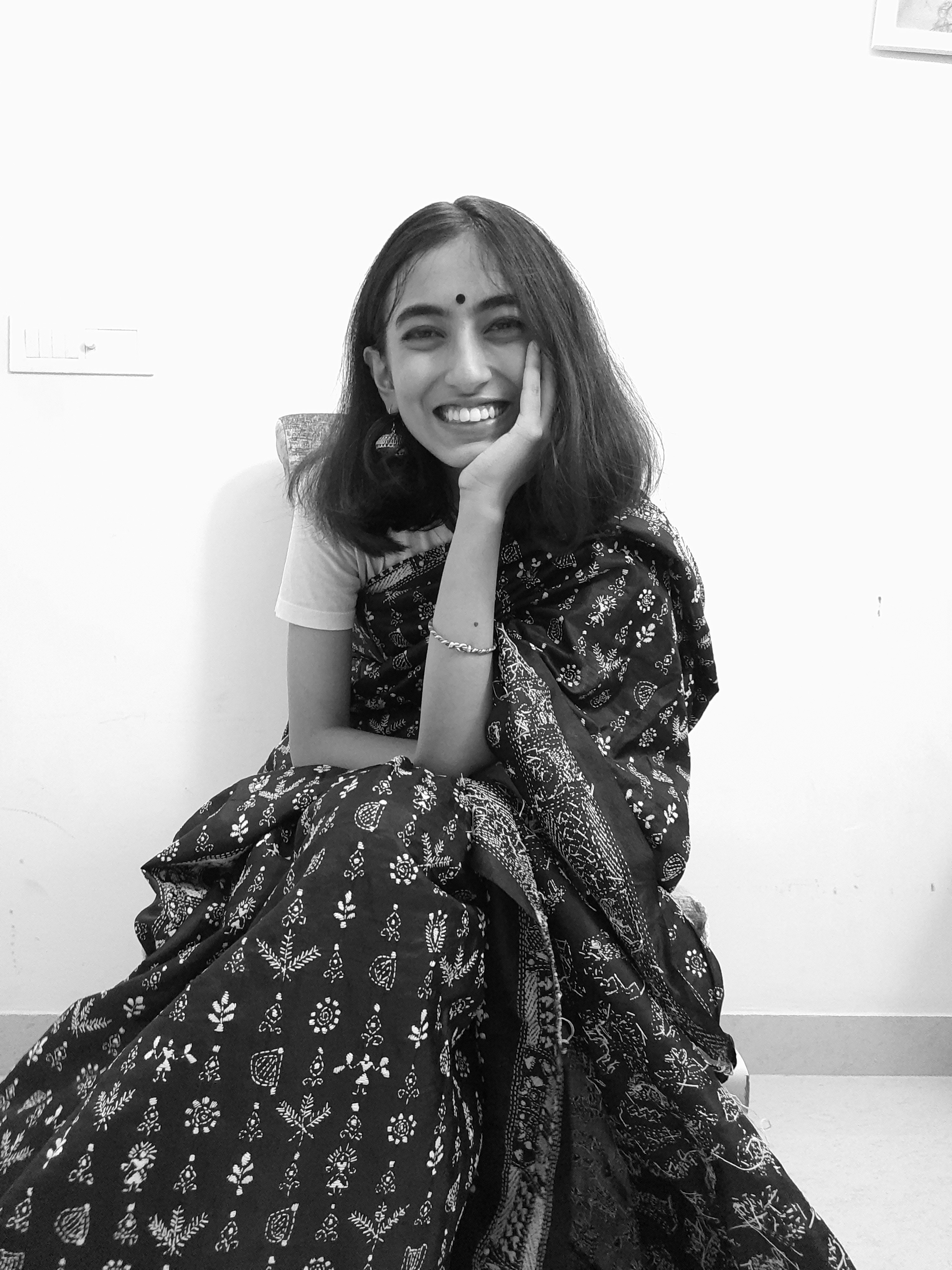Vrubel's Demon Seated : Deconstructed
- Rushali Mukherjee

- Aug 30, 2020
- 3 min read
Updated: Sep 9, 2020

Looking back at the art scene of the 19th century, Symbolism stands out as one of the most important art movements, where artists chose to depict their own emotions and ideas through their paintings rather than represent the natural world in its objective form. This developed as a reaction against the concepts of Realism and Impressionism that had come to dominate Western Europe at that time. Even though it started out as a literary movement, it was soon taken up by a generation of younger artists who believed in the significance of one’s inner subjectivity.
The Symbolist movement took birth in Europe in the 1880s and soon branched out to Russia where it lasted for approximately 20 years, giving rise to two generations of painters: the first generation from 1890 to 1900 and the second one from 1900 to 1910. The movement in went on to spawn a third generation of artists, who worked their way into the second decade of the 20th century. One of the most prominent names to come up in the first generation was Mikhail Vrubel (1856-1910), who was one of the first painters of his time to incorporate mystical elements into his work.
Vrubel was inspired by the Russian poet M. Yu. Lermontov’s poem ‘The Demon’, which led him on to paint a wide range of exceptional pieces consisting of demons. As the term ‘demon’ means ‘soul’ in Greek, he rightfully used these set of paintings to reflect his lonely soul. The most well known painting out of his series of demon-themed pieces was “Demon Seated”, which although has been reproved to a great extent by his critics, gained popularity because it had caught the eye of Savva Mamatov, a citizen of Moscow who was both wealthy as well as a renowned name in the art community. He served as Vrubel’s patron and commissioned many of his paintings, which encouraged him produce more art work.
When Vrubel got the idea for “Demon Seated” in 1889, he described it as:
“A half-naked, winged, young, moody and thoughtful figure sits, hugging his knees against the sunset and looks at a flowering field, where branches rotting under flowers stretch.”
In the painting, we see a demon sitting among against a setting of winsome flowers resembling crystals and a magnificent sunset, with a sorrowful expression on his face. The painting, being horizontal, makes the demon appear cramped, as he sits with a mournful gaze in his eyes and his hands clasped. It perfectly encapsulates the demon of desolation which resides not only in the subject of his painting but also in Vrubel's own life.
Vrubel associates the demon with the heroism and strength of man’s soul, struggles, and doubts. He used these words to bring out the nature of his painting:
“The demon is not so much an evil spirit as it is suffering and sorrowful, but at the same time domineering and stately”.
The piece is painted in an individualistic style which is typical of Vrubel. He has provided the painting with the essence of a panel or a stained-glass window. He has cleverly combined the skills of a painter and a sculptor, all by using a palette knife and fiery colours, just to imitate the technique of creating mosaics.
“Demon Seated” is the epitome of struggle of an agonized and lonely soul, much like Vrubel's own and was central to Vrubel’s historic career. Eminent art scholars consider him to be an evolutionary figure between traditional and modern art. His work is celebrated both by Symbolists of his time and the artists of later generations.



